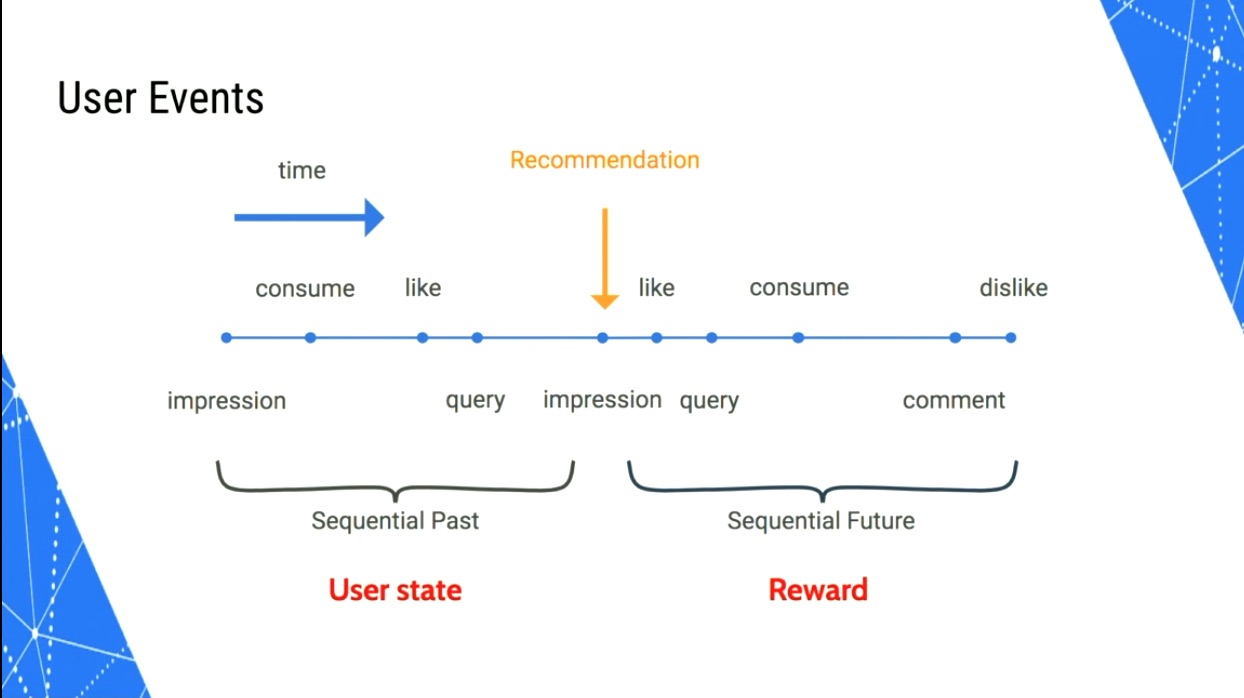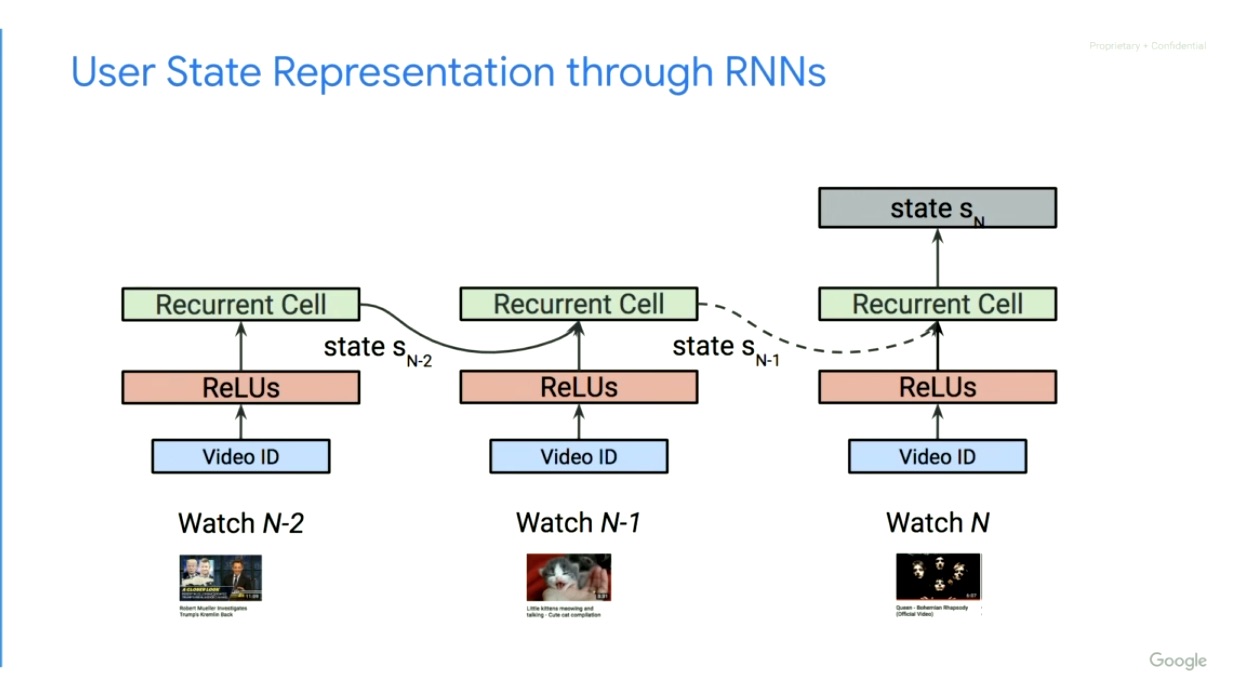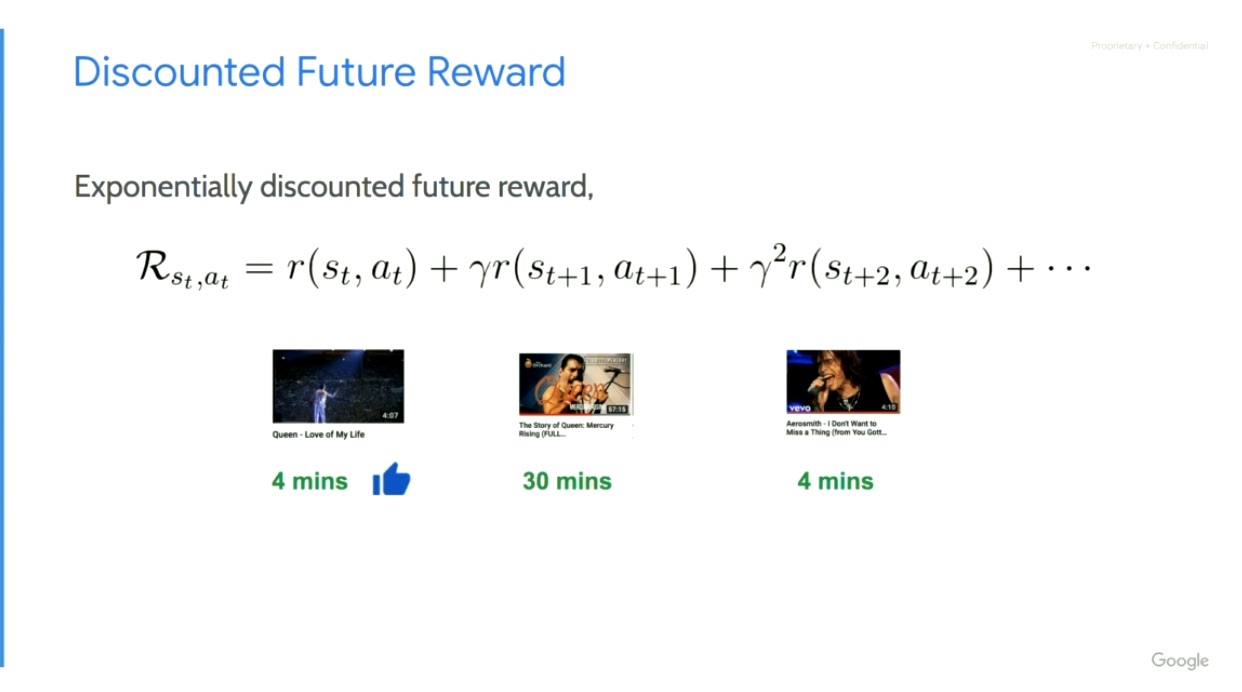Difference between revisions of "Item talk:Q1215"
Jump to navigation
Jump to search
| Line 25: | Line 25: | ||
* The DNNs of version 2 (tend to) model stable user characteristics. | * The DNNs of version 2 (tend to) model stable user characteristics. | ||
* The CNNs of version 3 (tend to) model dynamic user characteristics. | * The CNNs of version 3 (tend to) model dynamic user characteristics. | ||
| + | |||
| + | == Generic comment == | ||
| + | Generically: | ||
| + | * optimization function is often "engagement" | ||
| + | * reward mechanism | ||
| + | * user history | ||
== Individual rights == | == Individual rights == | ||
Revision as of 15:54, 8 October 2019
Addiction and Technology: Understanding the Links
Introduction
- Paul-Olivier Dehaye (Q351) - on Wikidata
- PersonalData.IO (Q182): "data rights individually actionable and collectively useful"
- Q585: "personal data empowerment"
- MyData Geneva (Q50)
History of Youtube systems
source: "Reinforcement Learning for Recommender Systems: A Case Study on Youtube," by Minmin Chen (Q1236)
Scale
Version 1
Version 2
Problem
Latest
Comment
- The DNNs of version 2 (tend to) model stable user characteristics.
- The CNNs of version 3 (tend to) model dynamic user characteristics.
Generic comment
Generically:
- optimization function is often "engagement"
- reward mechanism
- user history
Individual rights
Definition
personal data (Q28): "data about an identified or identifiable individual"
Data rights
- right of access to personal data (Q51): view/get a copy of all our personal data
- right to data portability (Q1209)
- scope: "data provided by the data subject"
- "in a commonly-used, machine readable format", at least from the data controller to the data subject
- "without hindrance, [..] where technically feasible", from one data controller to another directly
- right to information about the logic of the processing (Q1211)
Right to benefit from science
Universal Declaration of Human Rights (Q1233) and UN Declaration on Human Rights Article 27 (Q1234): "Everyone has the right freely to participate in the cultural life of the community, to enjoy the arts and to share in scientific advancement and its benefits."
See also:
- “We the Scientists”: a Human Right to Citizen Science (Q1238);
- The dynamics of big data and human rights: the case of scientific research (Q1240).
Right of access: some examples
Right to portability: some questions
- where to?
- how to do the transfer?
- how to build trust?
- how to experiment?






